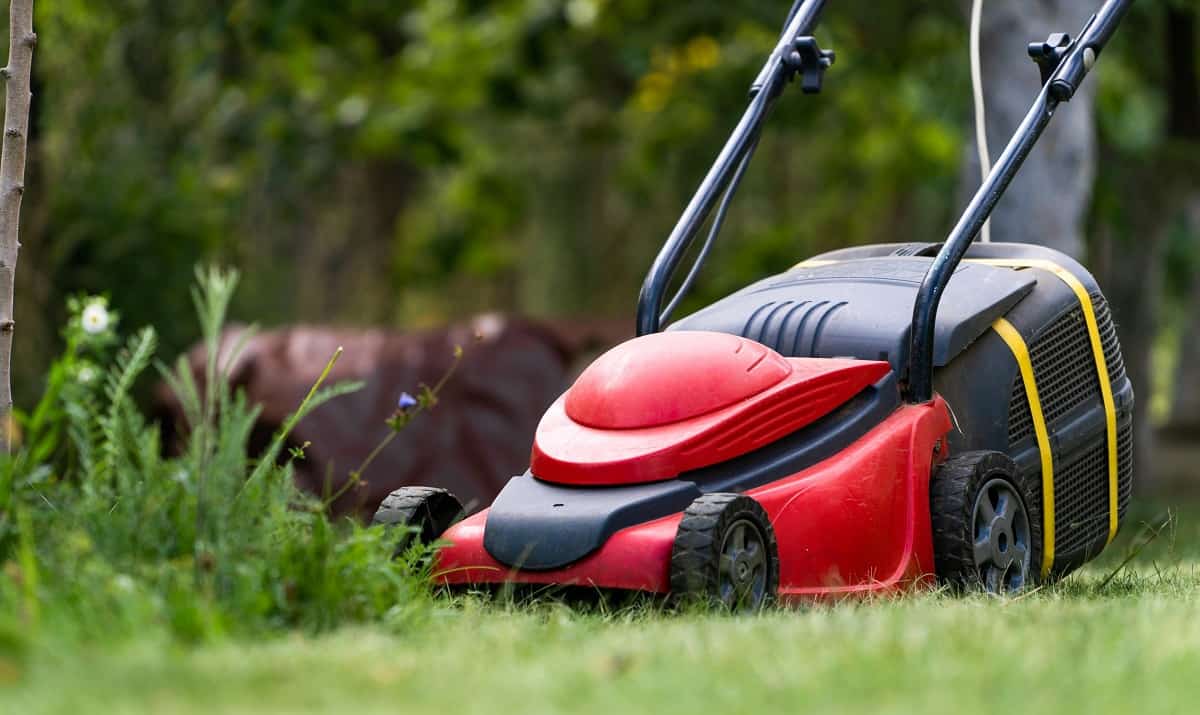Don’t miss this How Many Volts In A Riding Lawn Mower Battery article containing the interesting information you’re looking for, all carefully summarized by us.

How Many Volts in a Riding Lawn Mower Battery?
As a seasoned lawn care enthusiast, I’ve had my fair share of experiences with riding lawn mowers. One unforgettable incident involved a sudden engine stall in the middle of a manicuring session. Upon troubleshooting, I discovered a weak battery, leaving me stranded on the field.
That experience ignited a burning curiosity within me: “How many volts does a riding lawn mower battery have?” Embarking on a quest for answers, I delved into the intricacies of lawn mower batteries, their voltage, and how to maintain them for optimal performance.
Understanding Battery Voltage
The voltage of a battery refers to the electrical potential difference between its terminals. Measured in volts, it determines the battery’s capacity to deliver electrical energy.
Riding lawn mowers typically use lead-acid batteries. These batteries consist of multiple cells, each producing approximately 2 volts. The overall voltage of the battery depends on the number of cells connected in series.
Voltage Requirements for Riding Lawn Mowers
Riding lawn mowers require sufficient voltage to power their electrical components, including the starter motor, ignition system, and headlights. The voltage needed varies depending on the make and model of the mower.
Most riding lawn mowers operate on 12-volt batteries. However, some heavier-duty models may require 24-volt batteries to meet their higher electrical demands.
Maintaining Lawn Mower Battery Voltage
Ensuring proper battery voltage is crucial for the smooth operation of your riding lawn mower. Here are a few tips to maintain optimal voltage:
Regular Charging: Keep the battery fully charged by connecting it to a battery charger when not in use.
Clean Terminals: Corroded battery terminals can hinder proper electrical flow. Clean them regularly with a wire brush.
Load Testing: Periodically test the battery’s capacity using a load tester. A weak battery may require replacement.
Troubleshooting Battery Voltage Issues
If your riding lawn mower’s battery is not providing sufficient voltage, it can lead to starting problems or other electrical malfunctions.
Weak Battery: A battery that has lost its charge may not have enough voltage to power the starter motor. Recharge or replace the battery.
Dirty Terminals: Corroded battery terminals can create resistance, reducing voltage flow. Clean the terminals and tighten the connections.
Faulty Charging System: A malfunctioning charging system may prevent the battery from receiving proper voltage. Inspect the alternator and voltage regulator for any issues.
Frequently Asked Questions
Q: What is the average voltage of a riding lawn mower battery?
A: Most riding lawn mowers use 12-volt batteries.
Q: Can I use a car battery in my riding lawn mower?
A: While car batteries have the same voltage, they are not designed for the same applications. Using a car battery in a riding lawn mower may lead to premature failure.
Q: How do I check the voltage of my riding lawn mower battery?
A: Use a multimeter set to DC volts. Connect the probes to the battery terminals and read the voltage displayed on the meter.
Conclusion
Understanding battery voltage is essential for maintaining a well-functioning riding lawn mower. By following the tips and advice outlined in this article, you can ensure that your battery provides reliable power for years to come.
If you’re interested in further exploring the topic of riding lawn mower batteries, I encourage you to conduct your own research and consult with experts in the field.

Image: aftonvilla.com
Thank you for reading How Many Volts In A Riding Lawn Mower Battery on our site. We hope you find this article beneficial.